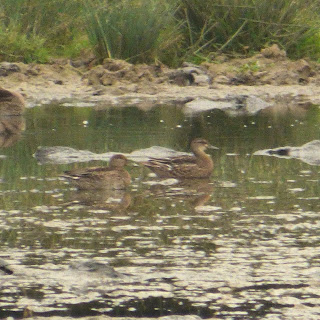Pied / White Wagtail
Bernabeu Stadium
Monk Parakeet
Mercado de San Miguel
Tapas time
Flora of Madrid parks
Spotless Starling
Great atmosphere at the Calderon
Botanical Gardens
House Sparrows
Monk Parakeet
Monk Parakeet
Hawfinch
Hawfinch
Hawfinch
Firecrest
Firecrest
Monk Parakeet
For a different type of summer break we opted for a five day break in the Spanish capital of Madrid. With a great selection of things to do and see it couldn't have worked out any better as we all enjoyed a fantastic city.
We stayed in a pedestrian part of downtown Madrid which was a perfect location to be based to see all the attractions but also had easy metro links to others areas of the city when we needed them.
The cities Monk Parakeet were the first birds I recorded as we past the Royal Palace followed up by the common Spotless Starling. The European Starlings come into the city during the winter months. Passing the Jardines del Campo Del Morro I picked up my first Iberian Woodpecker on the short grass before it took flight towards the palace. This recently split species are undergoing rapid decline in Spain, which holds the vast majority of the population.
A trip to the Madrid football stadiums netted two Pied Wagtails on the pitch at the Bernabeu whilst the 10.15pm kick off at the Calderon only resulted in some passing gulls high over the stadium.
Like the UK, August isn't a great time to see birds in Madrid however I did find a few special species around the city including three Hawfinches, two Spotted Flycatchers and Firecrest. More regular species included Wood Pigeon, Blackbird, Coal Tit, Great Tit, Blue Tit, Magpie and House Sparrows.
If you read that taking the teleférico or cable car into Casa de Campo (on the
city’s west side) is good for birds we found the opposite except for more Parakeets however the views were breathtaking.
The city is served with some fantastic Tapas restaurants whilst the coffee, wine & beer were all very reasonably priced. A must play visit is Mercado de San Miguel, an indoor market used by all the Madrilenos (what they call themselves), serving everything including paella, coffee, fruit, pastries, wine, beer and tapas.
This will be part one of four short blogs about Madrid.























































